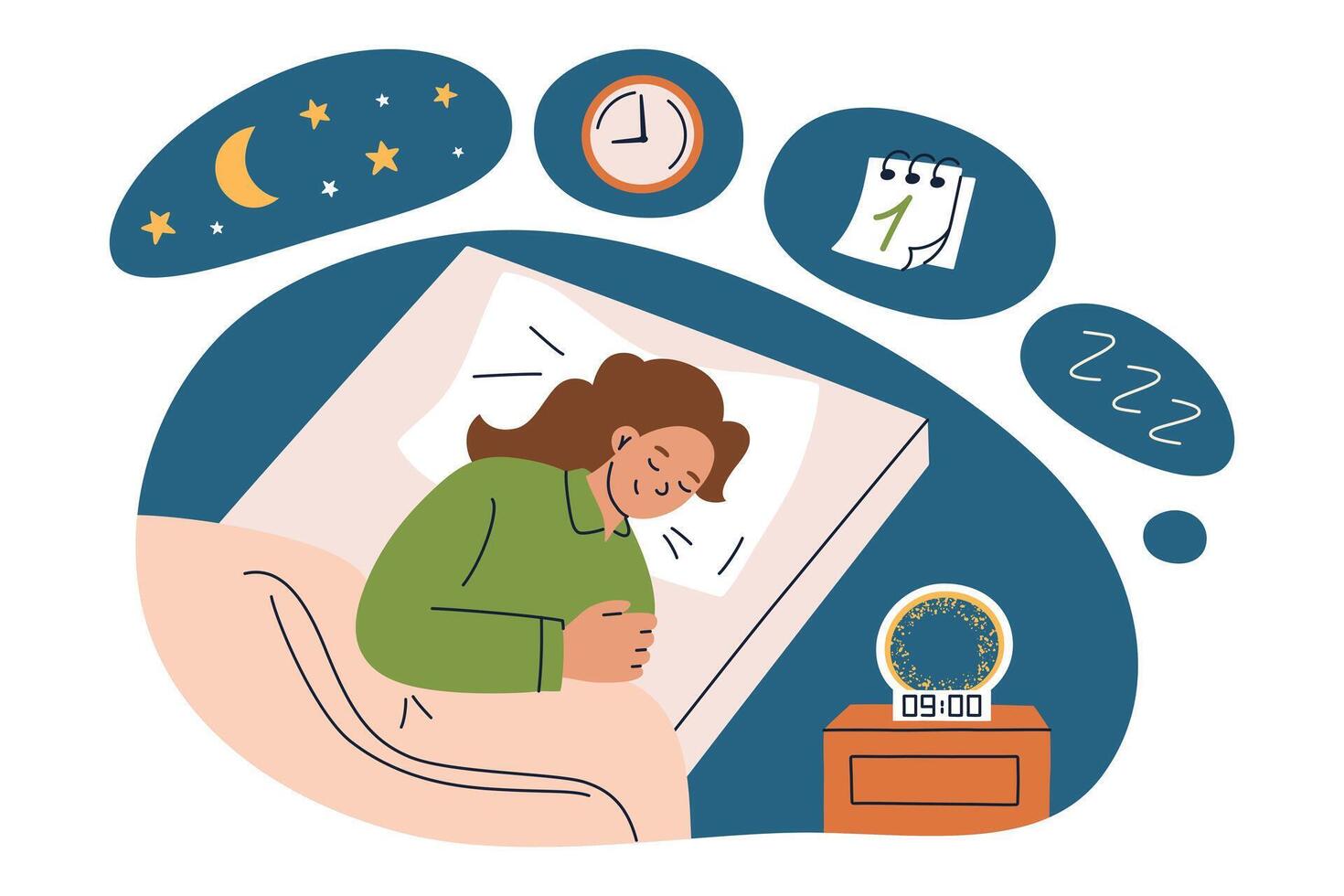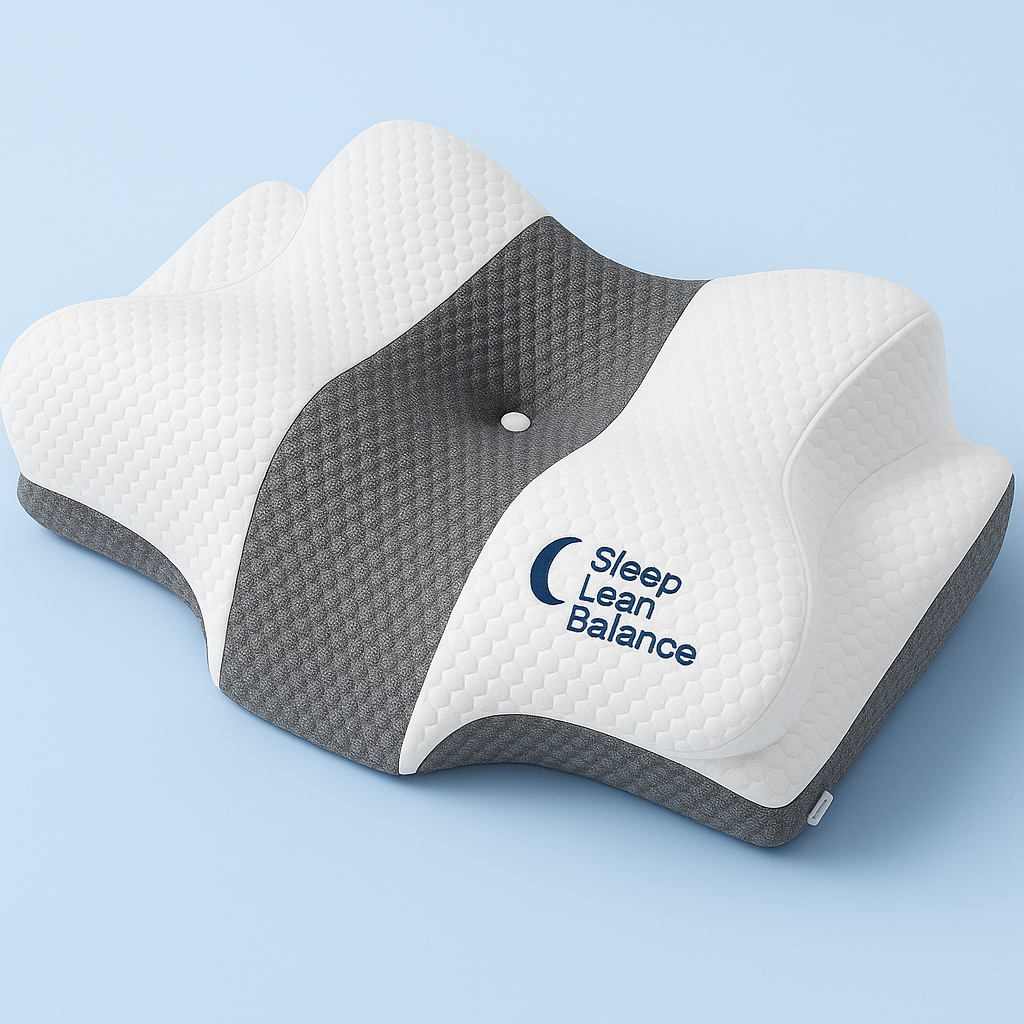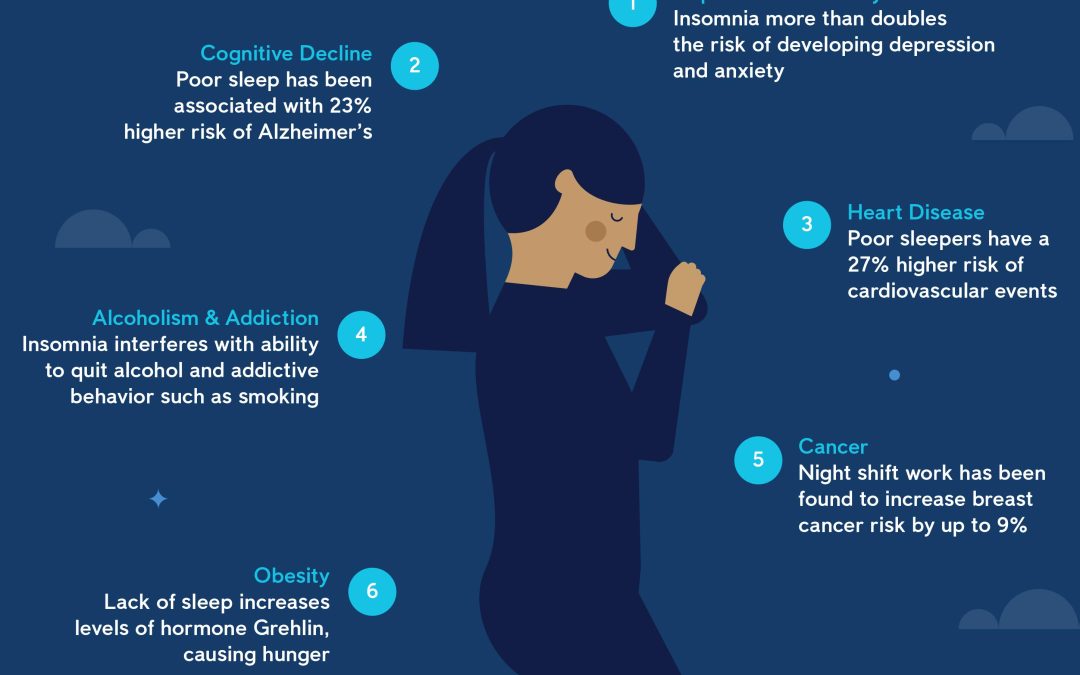Falling asleep should be easy, yet for many people it’s a nightly struggle. Stress, screens, and inconsistent schedules make it difficult for the body to relax when it’s time for bed. The truth is, the quality of your sleep is shaped long before you close your eyes. A bedtime routine signals to your body and brain that the day is ending, preparing you for deep, restorative rest.
Without structure, sleep can feel unpredictable. Some nights you drift off quickly, while other nights are spent tossing and turning. By creating a consistent routine, you train your body to recognize sleep cues, making it easier to fall asleep faster and stay asleep longer.
The good news is that building a routine doesn’t have to be complicated. With a few intentional steps, you can create a calming ritual that supports both physical and mental well-being. Below are seven practical steps to help you design the perfect bedtime routine and wake up feeling restored.
Step 1: Set a consistent sleep schedule
Consistency is the foundation of good sleep. Your body follows a natural rhythm, known as the circadian clock, which regulates sleep and wake cycles. When you go to bed and wake up at the same time every day, you reinforce this rhythm. Over time, your body learns when to release melatonin, the sleep hormone, making it easier to fall asleep naturally.
Many people sabotage their sleep schedule by staying up late on weekends or sleeping in after a long week. This disrupts the body’s internal clock, leaving you groggy on Monday mornings — a phenomenon often called “social jet lag.” To avoid this, try to maintain the same sleep and wake times, even on weekends.
A consistent schedule also benefits energy levels. Instead of relying on caffeine to push through the day, you’ll notice more stable energy from morning to evening. If your current sleep pattern is irregular, start small. Adjust bedtime by 15–20 minutes each night until you reach your target. The key is discipline: the more consistent you are, the easier falling asleep becomes.
By setting and sticking to a schedule, you establish the foundation for a healthy bedtime routine.
Step 2: Create a relaxing environment
Your bedroom should be a sanctuary designed for sleep. Many people overlook how much the environment influences rest. Light, temperature, and noise all affect how quickly you fall asleep and how deeply you stay asleep. Start with darkness. Exposure to light, especially from screens, suppresses melatonin. Blackout curtains or a sleep mask can block unwanted light and help your body recognize it’s time to rest.
Next, focus on temperature. A slightly cooler room, typically between 18–20°C (65–68°F), is ideal for sleep. The drop in temperature signals to your body that it’s time to wind down. If your bedroom tends to be warm, consider a fan, breathable sheets, or a cooling pillow.
Noise is another factor. Even small disturbances can interrupt deep sleep. White noise machines or calming sound apps can mask unwanted sounds, creating a consistent audio environment that helps the brain relax.
Finally, invest in supportive bedding. A mattress and pillow that support your posture can prevent discomfort and restless nights. For example, an ergonomic option like the Sleep Lean Balance Pillow helps align the neck and spine, reducing strain and making it easier to stay comfortable all night.
A restful environment sends powerful signals to your brain: this is a space for sleep, not stress.
Step 3: Limit screen time before bed
Screens are one of the biggest obstacles to restful sleep. Phones, tablets, and televisions emit blue light, which interferes with the production of melatonin. This tricks your brain into thinking it’s still daytime, making it harder to wind down. Even if you feel tired, scrolling through social media or streaming a show can delay sleep by hours.
Experts recommend turning off screens at least 30–60 minutes before bed. If you must use devices in the evening, consider blue light filters or “night mode” settings to reduce their impact. But the best option is replacing screens with offline activities that promote relaxation.
Instead of scrolling, try reading a physical book, journaling, or listening to calming music. These activities ease the transition from the stimulation of the day to the calmness of night. For those who struggle to detach from their phones, placing devices in another room can be a powerful strategy.
Reducing screen time before bed doesn’t just help you fall asleep faster. It improves sleep quality by allowing your brain to cycle naturally through sleep stages without interruption. Over time, this habit can lead to deeper rest, more vivid dreams, and improved morning alertness.
Step 4: Establish a calming pre-sleep ritual
Bedtime rituals are signals to the brain that the day is ending. By repeating the same relaxing actions each evening, you condition yourself to associate them with rest. This helps reduce anxiety, lower stress, and ease the transition into sleep.
A simple ritual might include stretching or light yoga to release muscle tension, followed by deep breathing exercises that slow the heart rate. Some people find relaxation through a warm shower or bath, which temporarily raises body temperature; the cooling effect afterward encourages drowsiness.
Herbal teas, such as chamomile or valerian root, can also support relaxation without caffeine. Reading a calming book — preferably something light, not work-related — is another effective option.
The key is consistency. Choose two or three activities that relax you and perform them in the same order each night. Over time, these cues signal to your nervous system that it’s time to wind down.
By replacing stressful activities, such as answering late-night emails or watching intense shows, with calming rituals, you prepare both body and mind for restorative rest.
Step 5: Pay attention to food and drink
What you consume in the evening directly affects how you sleep. Caffeine and alcohol are the two biggest disruptors. Caffeine stays in your system for up to 6–8 hours, so even an afternoon coffee can interfere with bedtime. Alcohol, though sedating at first, disrupts deep sleep and often causes early awakenings.
Large meals before bed can also make it harder to fall asleep, as the body works to digest food instead of focusing on rest. Spicy or heavy foods may cause discomfort, leading to tossing and turning. Ideally, dinner should be eaten at least two to three hours before bedtime.
On the other hand, light snacks with sleep-friendly nutrients can be beneficial. Foods rich in magnesium, tryptophan, or melatonin — such as bananas, almonds, oats, or cherries — may promote relaxation and better sleep. Pairing a small snack with a warm herbal tea can become part of your calming ritual.
Hydration also matters. While drinking enough water during the day is important, too much liquid right before bed can cause frequent bathroom trips, disrupting sleep cycles. Aim to stay well-hydrated throughout the day and limit fluids in the final hour before bedtime.
By being mindful of evening food and drink choices, you remove unnecessary obstacles to falling asleep quickly and staying asleep deeply.
Step 6: Use the right sleep tools
The right tools can turn a good sleep environment into a great one. Supportive products don’t just add comfort — they actively enhance the body’s ability to rest. For example, pillows play a significant role in maintaining posture. A standard pillow may collapse under weight, leaving the neck unsupported. An ergonomic pillow like the Sleep Lean Balance Pillow adapts to your body, aligning the head, neck, and shoulders for deeper comfort and reduced strain.
Other tools worth considering include weighted blankets, which provide gentle pressure to reduce anxiety and promote calmness. Eye masks are helpful for blocking out unwanted light, especially in urban areas. White noise machines or apps that mimic ocean waves or rain sounds can drown out disruptive background noise.
Technology also offers sleep trackers that monitor cycles and help you identify patterns. While not essential, they can provide insights into habits that may be affecting your rest.
The key is finding tools that support your unique needs. Whether it’s better posture, cooler bedding, or calming sensory input, the right sleep accessories can transform a standard night’s rest into restorative sleep. Investing in these tools is not just about comfort; it’s about supporting long-term health and daily energy.
Step 7: Reflect and adjust your routine
Building the perfect bedtime routine is not about perfection from day one. It’s about experimenting with habits, seeing what works, and adjusting over time. What helps one person relax may not work for another, so personalization is key.
Start by reflecting on your current routine. Which habits support rest, and which ones interfere with it? If you’re falling asleep with the TV on or drinking caffeine late, replacing those habits will likely have the biggest impact. On the other hand, if you already practice some positive steps, such as reading before bed, build on those.
Keep a simple sleep journal for a few weeks. Note what time you go to bed, how long it takes to fall asleep, and how you feel in the morning. This can help you identify patterns and see progress. Small tweaks, like adjusting bedtime, adding a pillow that supports your posture, or limiting fluids, can add up to big improvements.
Remember, routines become powerful when repeated. Stick with your chosen habits long enough for your body to adapt, usually two to three weeks. If something doesn’t work, swap it out for another calming activity.
The goal is not a rigid checklist but a flexible routine that supports relaxation and signals to your body: it’s time to rest.
Step 7: Reflect and adjust your routine
A perfect bedtime routine isn’t about complexity it’s about consistency. By setting a schedule, creating a relaxing environment, limiting screens, and choosing tools that support posture and comfort, you create the conditions for restorative sleep. Over time, these small steps can transform not just your nights but also your days, fueling your health, mood, and energy.



